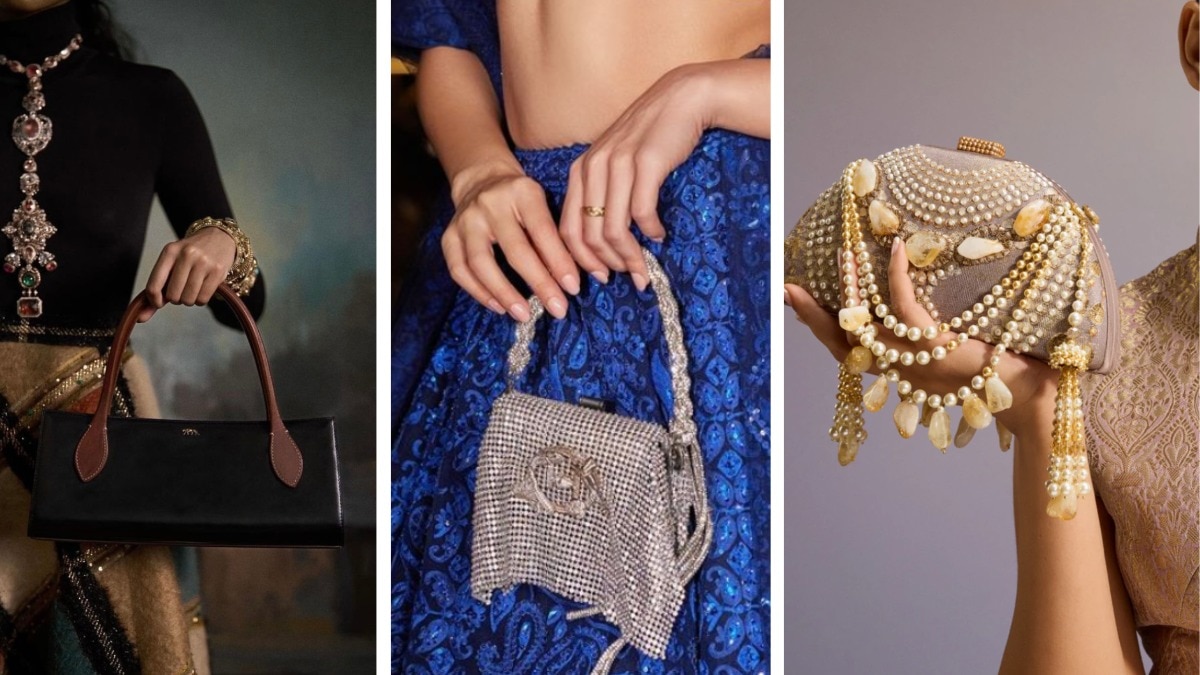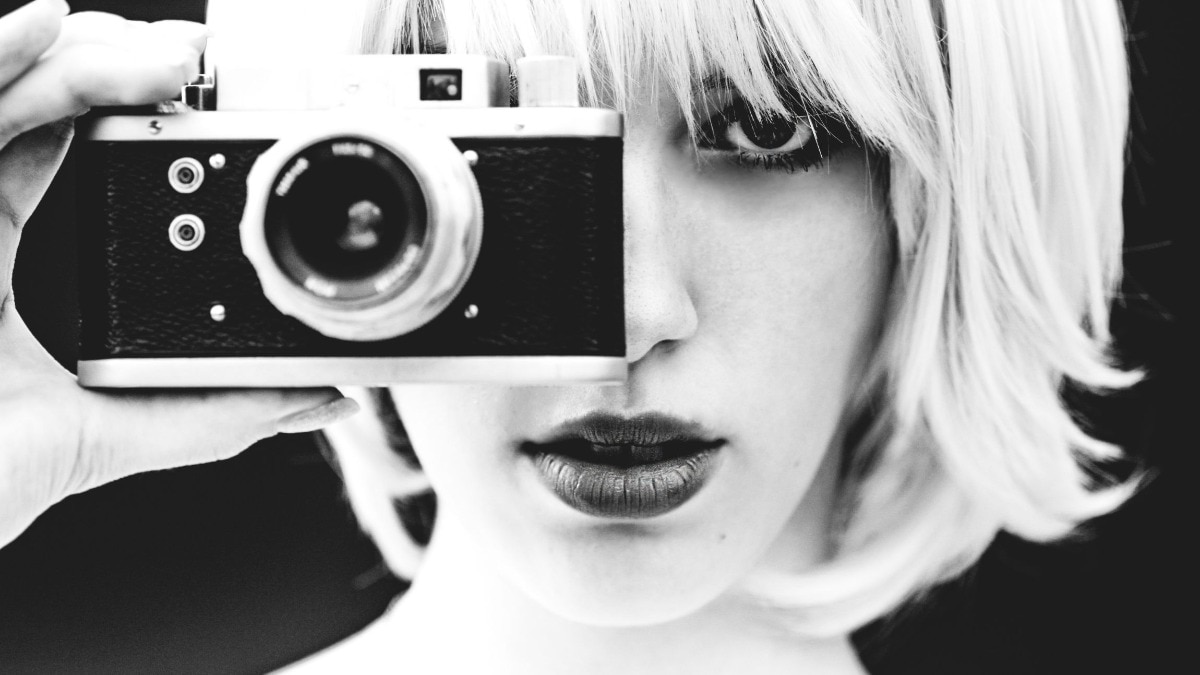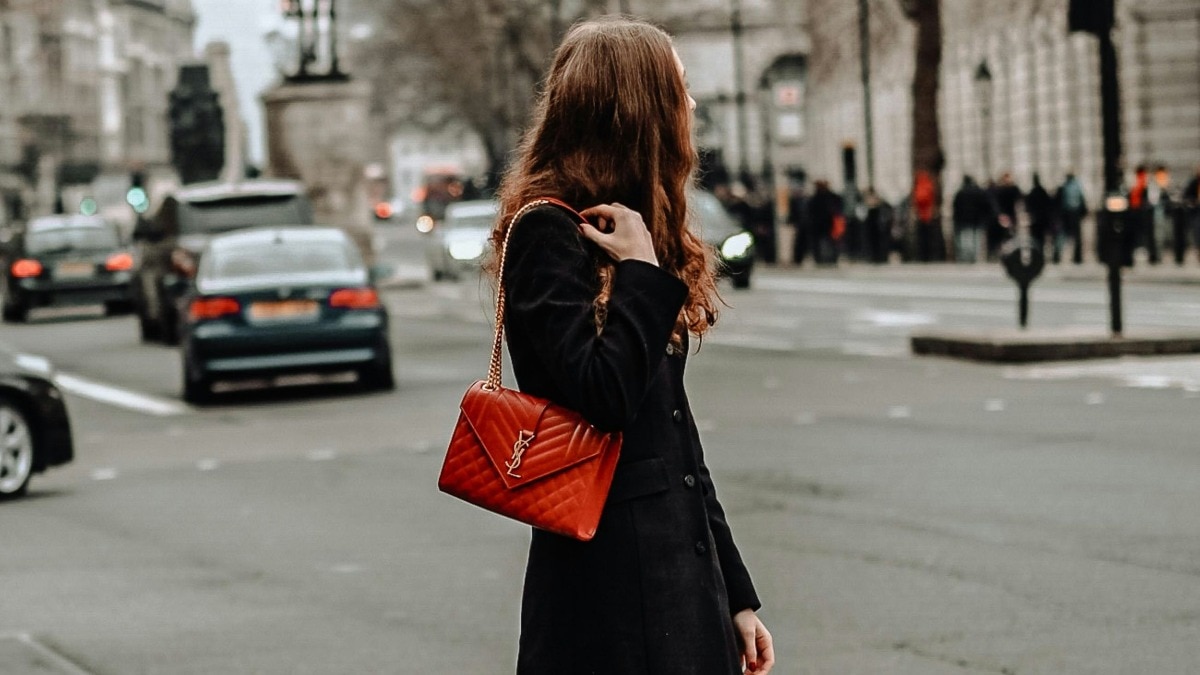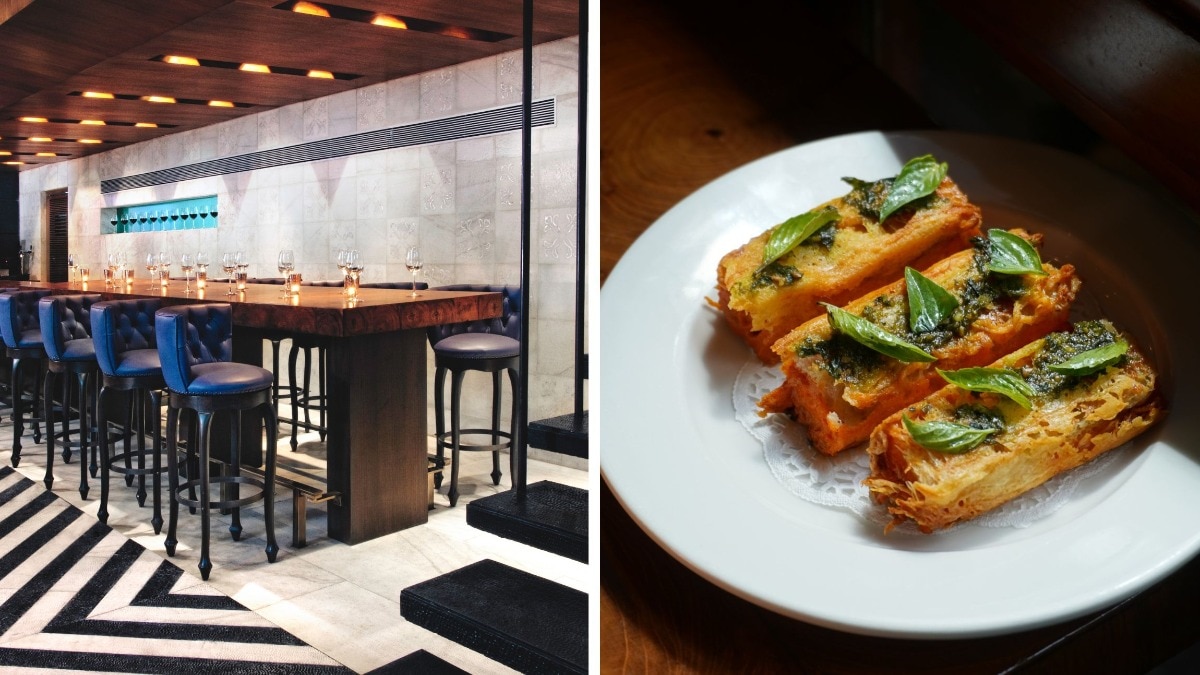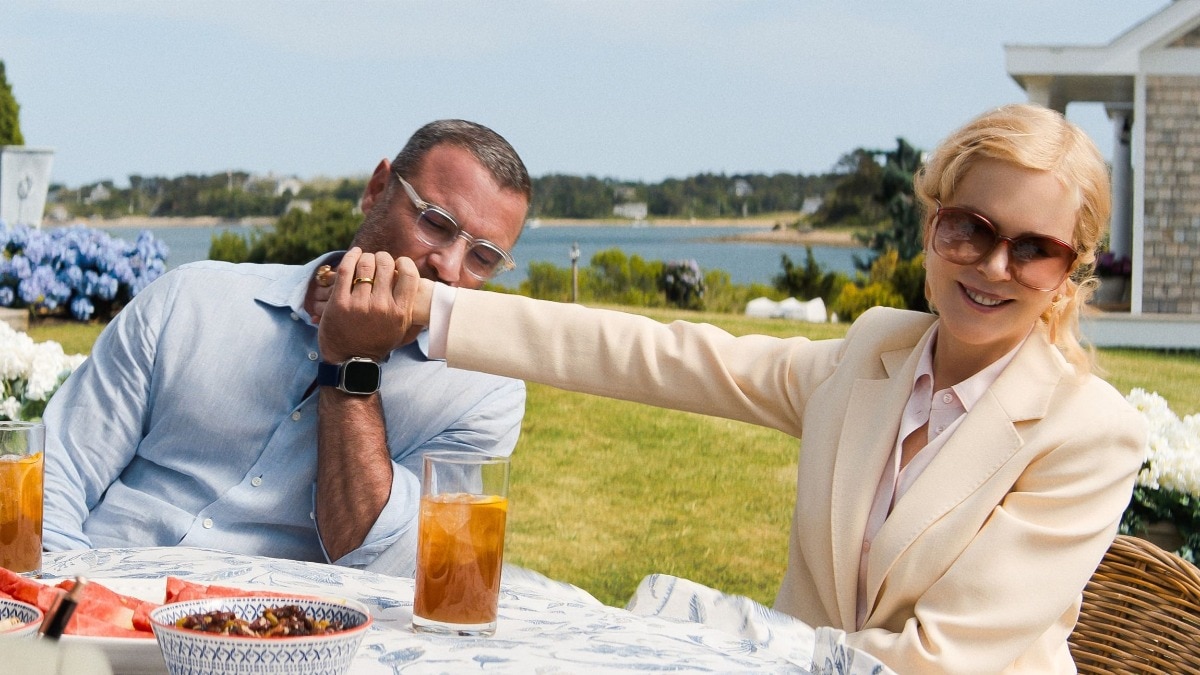6 leading fashion photographers on how to make your mark and take up space
From Sasha Jairam to Daboo Ratnani, tap into the tricks of the trade, life advice, and more.

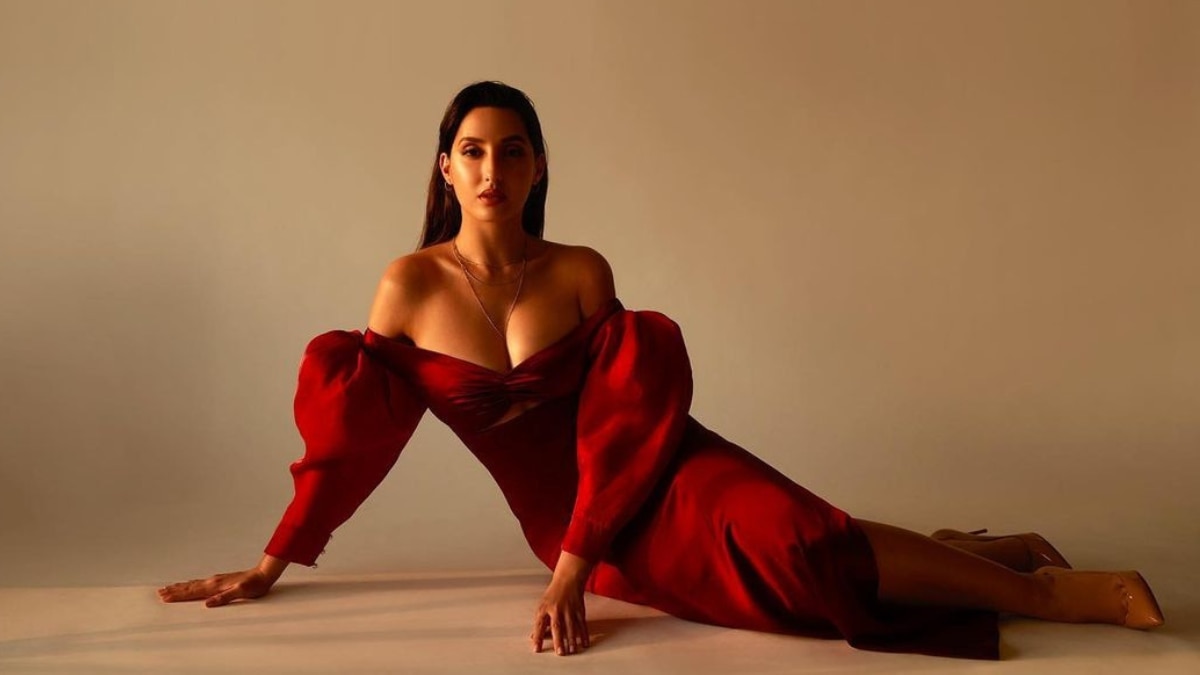
Patience, perseverance, and passion are only some of the qualities of India’s leading fashion photographers. For those of you who are captivated by catalogues and catwalks, and aspire to capture fashion in its entirety—colours, clothes, beauty and themes that occupy your vast imagination—these photographers spill their best-kept secrets! From understanding the fundamentals of photography to creating your own style, here’s what the experts recommend.
“Keep the fire in you alive and be humble” - Pranoy Sarkar

“I chose fashion photography because I could design an image from scratch and translate it from paper to film in this field. My love for creating a beautiful photograph is what keeps me at it every day. My advice would be to read as much as you can, and not just on the Internet. Travel, document your shoots, and meet people. Observe, and then observe a little more. Understand the nature of all kinds of light and the rest you will learn by practice.”
And here’s an important ‘keep-in-mind’ before joining the industry: “Always keep the fire within you alive to learn, explore, and not get carried away with recognition.”
Pranoy Sarkar is a Delhi-based photographer and creative director. His approach is minimalistic and often shuffles from large surreal settings to intimate portraits. He has previously worked with stalwarts of the fashion industry such as Rajesh Pratap Singh, Tarun Tahiliani, Gaurav Gupta, and Payal Khandwala among others.
“Your main gear is your vision”- Natalia Verma

“First of all, everyone should work on their visual experience and develop aesthetic taste. Art museums, literature, movies, leading fashion magazines, fashion, and photography websites (such as www.models.com, art8amby) are good sources for inspiration and give you an understanding of the current trends in the fashion industry. Keep in mind that success doesn’t come immediately. You need to work hard and improve your skills at the same time. Fashion photography is not only about taking beautiful pictures, but also about good marketing, responsibility, people management, time management, social networking, research, and many other things. Of course, a good gear is important, but it is not the gear that makes your art remarkable. You can click masterpieces even with your phone. Your main gear is your vision. Fill your work with meaning and create a unique style to get noticed. Last but not the least, be prepared to get out of your comfort zone, and don’t be afraid to experiment—with new concepts, ideas, locations, people. Make mistakes, let yourself go and really love what you do.”
Russia-born, Delhi-based artist Natalia Verma’s philosophy and approach to work is based on her life and the visual experiences that she has had. Starting her journey with portrait photography, she’s come a long way with her work being published in European and Indian publications within the realm of fashion and sometimes even beyond it during exhibitions such as ‘Just People’ in Delhi. “I fall in love with my heroes (subjects) and try to show their inner beauty.” Her ultimate aim is to evoke emotions not only from her subjects but also viewers of her work.
“Be vocal and stand up for yourself” – Pretika Menon

“First of all, understand everything your equipment can do, keep up-to date with paper work, be professional, photograph people you think are interesting and whom you connect with. Find collaborators who are creative, who believe in your vision and values. We live in a world where social media is the key to promoting our work but it can also give anxiety about adequacy so I try to spend time on it in smarter ways. Before joining the industry, keep in mind that there are many aspects to being a photographer that go beyond taking an image.”
And, here’s one for all the women aspiring to be fashion photographers: “There are of course moments when it is very apparent in my mind that things could be easier if I were a guy. For example, if a light man or gaffer does not listen to me, it may be because they are not used to taking direction from a girl or due to unfamiliarity. I prefer to find good people and build a regular team but that is not always possible. Many times I was in unsafe situations where I was sexually objectified and harassed in the workplace. In these moments if communication doesn’t or can’t work I find it best to distance from the situation asap, get to a safe space, surround myself with good friends and get very busy on personal projects. I try to address the situation with the person or someone with higher authority over them. I’ve been very vocal about standing up for myself so I now attract people who want to work in a professional capacity. Consistently putting out work and evolving through time means that the right projects come to you.”
Inspired by the multiple facets of art—cinema, music, and stories, Pretika Menon is a Mumbai and Goa-based photographer who is drawn to creating fantastical characters with an abundance of drama. For her, fashion adds to these layers of characters and scenarios which can influence the story in ways more than one. “I create moods and situations. The rest happens automatically,” she says. Menon has previously worked with designers and brands such as Kanika Goyal and Tommy Hilfiger.
“Connect with people and learn the old-school way” – Zack Fenwick

“Today there are many institutions that teach you photography or offer courses to people, but I personally prefer the old-school way of assisting a photographer and thus, not only learning photography but also learning techniques, overcoming challenges, interacting with clients and so forth. The two important things I learned while assisting were dealing with problems head on and never shying away from a challenge. Also, competition exists in every field, don’t copy others or try to be like others. Focus on your strengths and create your own style to be apart from the competition.”
Zack Fenwick entered the fashion circuit of India to explore art and design through the medium of photography. He continues to be passionate for visual arts and believes in incessantly improving his own style. Fenwick has previously worked with luxury fashion brands and also in the field of advertising.
“Research, research, research” – Sasha Jairam

“Honestly, I feel you must have a sense of creative direction, visualisation skills and definitely a strong affinity for fashion. Do lots of research about vintage fashion and the trends and styles of today. Fashion is a vast industry and when you get projects, you need to be on top of the forecast trends. I would recommend a diploma in fashion because it is a systematic way of learning about the history of fashion, aesthetics and design. Learning photography will come with hands-on practice; I myself learnt the technical aspects of photography only last year, up until which I was using my creative instincts. More important than the gear is the mode in which you shoot and your composition skills. There’s no right or wrong in composition, but you will hone your skills over time and develop a distinct approach. Finally, I would suggest, go with the flow, it's really not about the destination, it's about the journey.”
Sasha Jairam’s fondest memory of her childhood and teenage years is looking through piles of fashion magazines that had been collected by her mother over the years. “I love, love, love fashion and exploring and capturing the female form,” she says. Jairam is a top fashion and advertising photographer and has shot covers of leading magazines in India.
“You can be inspired by anything” – Dabboo Ratnani

“You need to prepare yourself for long days and long hours. You need to be professional, even if you start off as an assistant, you have to learn on the job, you need to put in your 100%. And the golden rule? Make notes. You can't interrupt a shoot, so, ask all your questions at the end of the day. And when you get down to shooting on your own set, that is where you will learn the most. I also truly feel that when it comes to fashion photography, there is no boundary, there’s nothing stopping you. You need to keep pushing yourself and evolving as fashion moves. You can go as creative, crazy and bizarre as you want. And remember that you can get inspiration from anything—many a times you may go in with one idea for the shoot and come back with a completely new look and feel which you had not imagined. So be open and experiment. That's the only way to grow.”
Touted to be one of the great fashion photographers of the country, and known for his annual calendar which has featured actors like Amitabh Bachchan and Shahrukh Khan, Dabboo Ratnani has been a part of the industry for more than 26 years. After dabbling with different genres such as street and landscape photography, Ratnani, a self-admittedly people’s person found his calling in fashion photography.


